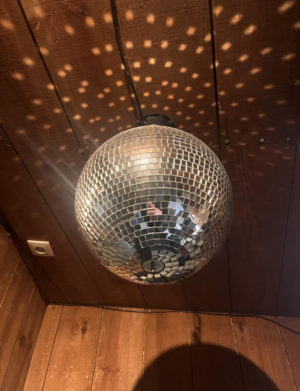Legos Take Flight
courtesy of: i2.cdn.turner.com
Flybrix new drone kit
October 12, 2016
Flybrix, a San Francisco startup, launched on Thursday a DIY (do-it-yourself) drone-making kit that lets ordinary Lego bricks take flight.
“The Flybrix kit comes in two versions: the basic package ($189) that works with an app, and the deluxe ($249), which comes with a hand-held controller. Both are a few hundred dollars cheaper than most DIY drone kits in the market and are now available for purchase online,” stated CNN reporter Parija Kavilanz. The kits include 56 small previously-owned Lego pieces collected from Lego wholesalers, which helps keep the price down. Included in the set is a pre-programmed circuit board with LED lights, motors, propellers to connect pieces and a mini pilot figurine. About 90% of the drone is made with Legos. Before getting to the design part, first things first: the Lego drones need to be built around what Flybrix calls a flightboard. It’s basically a pre-programmed PCB board onto which you can connect the LiPo battery that powers the entire thing, and any other motors or electrical components you’d like to go on there. Drones need to be designed in such a way that the flightboard is set up safely inside the structure. The kit comes with a USB LiPo battery charger cord to make it simple to keep the 3.7v battery well-supplied.
There are no tools needed in the set-up process; all pieces snap on. This makes Flybrix unique from other DIY drone kits. “Normally, you’d have to find materials and solder them together to make your drone,” stated Holly Kasun co-founder and COO of Flybrix. get creative with the design or use one of the included templates to make a quadcopter, hexacopter or an octocopter, which have 4, 6 and 8 motors. “Once built, you can control the drone either via a Bluetooth flight control app on your smartphone or the hand-held remote-controller that comes with the deluxe package. You should be able to get between 5 to 7 minutes of flight time on a single charge,” stated Flybrix.
Co-founders Amir Hirsch, Robb Walters and Holly Kasun launched the startup in 2015 to find ways to break new ground with microdrones. “Hirsch who studied electrical engineering at MIT and Walters, who earned a PhD in applied physics from Caltech, led the research and design. Meanwhile, Kasun comes from a marketing background,” stated kickstarter.
Flybrix is already working on the next iteration of the drones, which will include new features and capabilities. “We want Flybrix drones to offer a sandbox-style of learning,” Kasun said. “You start with the basics and keep advancing your knowledge as you play and interact with it.”



































